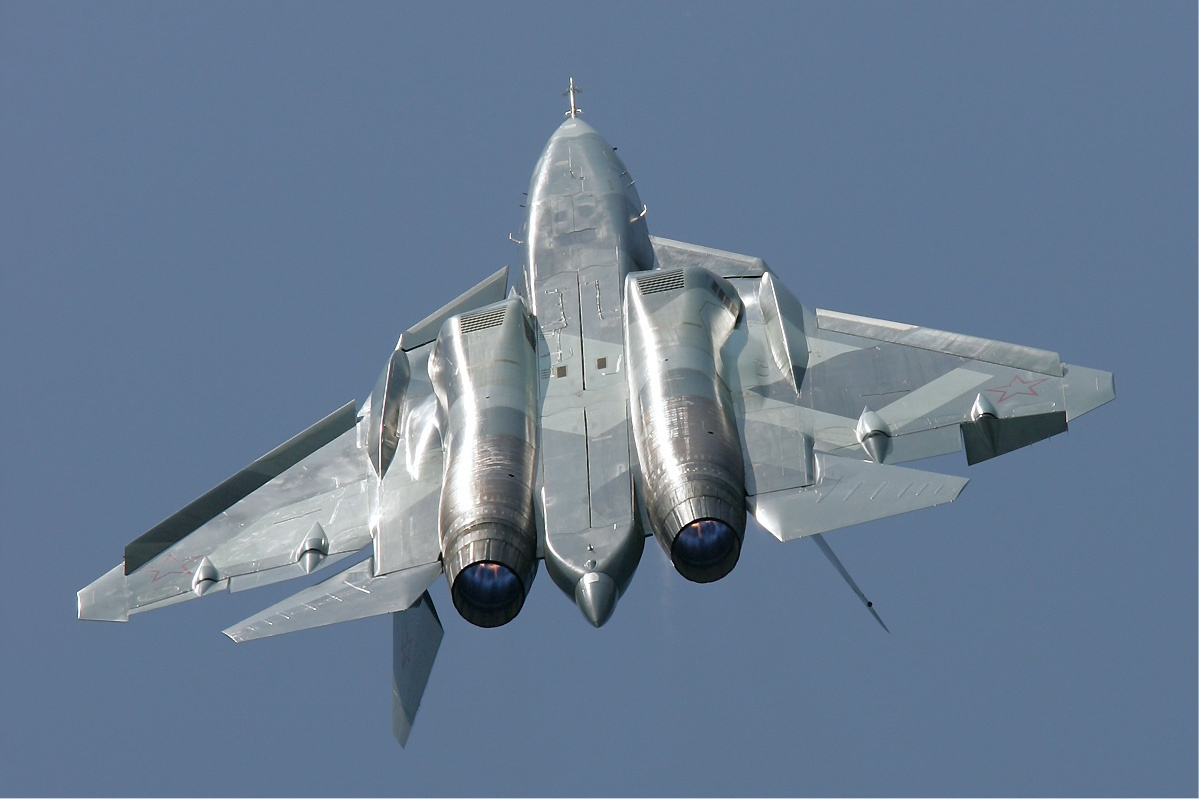If it is indeed related to a carrier-variant, could it be that they are just using one aircraft more or less as it is similar as once one of the original J-11B prototypes was tested?
View attachment 46000
Could you tell me/us when this test took place and why?






